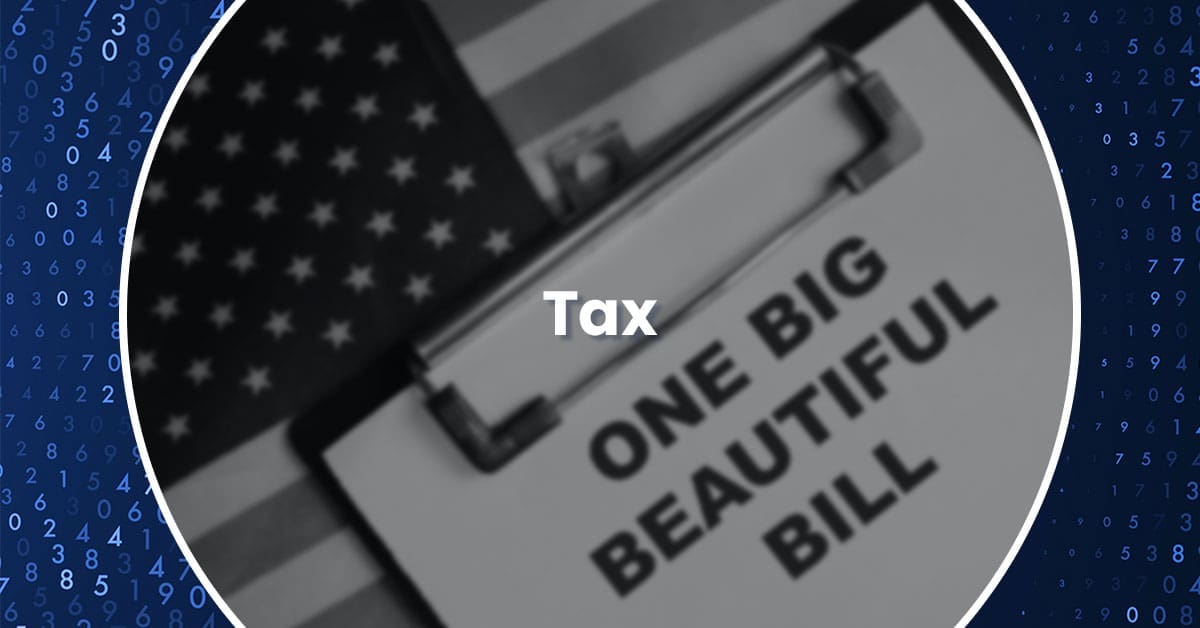“Use it or lose it” has been a common phrase since the Tax Cuts and Jobs Act (TCJA) was passed in 2017 and becomes more relevant as the scheduled “sunset” (decrease) in the basic exclusion amount (BEA) approaches effective January 1, 2026. With only two full years remaining to begin thoughtful estate planning to take advantage of the historically large BEA, also known as the gift and estate tax exemption, the time is now to prepare for wealth preservation.
BEA and the Sunset on January 1, 2026
The BEA for 2025 is $13.99 million per individual and $27.98 million per married couple. This is a significant increase of $380k per individual from 2024. It means that individuals can transfer up to $13.99 million to their heirs or other beneficiaries without facing federal estate or gift taxes. Barring any changes to legislation before the sunset, the BEA will return to pre-2018 amounts using $5 million as the base, adjusted annually for inflation, essentially cutting the current BEA in half to approximately $7 million.
The importance of using the large BEA before the sunset can be illustrated with this simple example. If an individual passes away in 2025 with an estate valued at $12 million the federal taxable estate after applying the BEA of $13.99 million will be zero and no estate taxes would be due. On the other hand, if the same individual passes away in 2026 when the BEA decreases in half to approximately $7 million, the federal taxable estate will be roughly $5 million, and this could result in a federal estate tax of $2 million using the current rate of 40%. This illustration does not consider appreciation in the asset, resulting in an even higher estate or gift tax after the sunset.
Even though the exemption is scheduled to revert to the pre-2018 amounts (as adjusted for inflation) on January 1, 2026, the IRS offered some comfort stating in final regulations issued November 26, 2019, that the IRS would not “clawback”, as defined below, completed gifts where the donor does not retain any control. These regulations are known as the “anti-clawback” regulations.
Defining the Clawback
“Clawback” relates to situations where the BEA is lower at the time of the taxpayer’s date of death than on the date when an estate planning strategy was implemented. For example, what would be the outcome if a donor made a gift of $12 million in 2025 but dies in 2026 when the BEA is only $7 million? While planners were initially concerned that lifetime gifts would be adversely affected by the clawback regime, the 2019 regulations stated the BEA used for the estate tax calculation would be the higher of the date of death BEA or the BEA available at the time of the lifetime gift.
However, the final regulations left open the treatment of gifts that are includible in the decedent’s gross estate, which are essentially “gifts with strings attached.” Proposed regulations issued on April 27, 2022, address the perceived abuse of the anti-clawback regulations in these circumstances.
Proposed Regulations limit the Anti-Clawback Regulations
The proposed regulations target gifts that are considered testamentary transfers, which are includible in a deceased person’s gross estate rather than true lifetime gifts. These gifts are “clawed back” into the donor’s estate and instead subject to the BAE in effect at the date of death.
Examples of some common gifting strategies that are subject to clawback under the proposed regulations include: a gift of a remainder interest in a grantor-retained annuity trust (GRAT) will be clawed back into the donor’s gross estate if the donor dies during the GRAT’s term, a gift of a remainder interest in a qualified personal residence trust (QPRT) will be clawed back into the donor’s estate if the donor dies during the QPRT’s term, and transfers made by an enforceable promissory note that remain unsatisfied at death.
Though the proposed regulations have not been finalized yet, any potential issues should be addressed before the sunset. An important detail to consider when attempting to correct situations that may endure the proposed regulations, is that the IRS is planning to utilize an 18-month rule, which would cause any effort to correct the issue ineffective if completed within 18 months before the transferor’s death.
Also noteworthy is that the proposed regulations do not apply to the charitable and marital deductions because these do not use the BEA.
Strategies for Using the Exemption
Given this upcoming change, it is not surprising that individuals and their advisors are looking at different strategies to make the most of the existing exemption while being mindful of the clawback provisions. One such strategy is to give sizable gifts right away. Individuals can effectively lower their future estate tax obligation by transferring assets up to the current increased exemption limit outright to heirs or indirectly to a trust for their benefit. Individuals who have used their increased exemption in prior years have an additional $380k to use in 2025 because the BEA is indexed for inflation each year which will continue through 2025. We as trusted advisors should remind our clients of this opportunity.
Gifting to trusts, particularly, offer several advantages. Creating and gifting to trusts provide asset protection, assist beneficiaries with wealth management, and can be used to transfer wealth to subsequent generations without exposing the assets to federal estate tax.
Spousal Lifetime Access Trusts (SLATs)
The Spousal Lifetime Access Trusts (SLATs) is a common trust used in planning by married couples. It is an arrangement whereby one spouse establishes an irrevocable trust for the benefit of the other spouse. The assets funded into the SLAT are taken out of the grantor spouse’s estate while still being accessible to the beneficiary spouse in case they are needed, balancing tax efficiency with financial security. Often, each spouse sets up a SLAT for the other. However, it’s important to note that the trusts should not be identical or the “reciprocal trust doctrine” may apply causing the trusts to be “undone” and included in the donor spouses’ respective estates. Additionally, potential future legislation might circumvent the benefits of this strategy and the use of grantor trusts, which prompts taking action now to consider the SLAT in estate planning.
Assets to Select: Highly Appreciating Assets and Assets with Valuation Discount Potential
Strategically selecting assets for gifting can maximize benefits and minimize future tax implications:
- Highly Appreciating Assets: Transferring assets poised for significant growth ensures future appreciation occurs outside the donor’s estate, which can result in substantial estate tax savings, as the compounded growth will not be subject to estate taxes. Many individuals may not believe they will have a taxable estate based on the asset values today. However, reminding these individuals that when the BEA is reduced to approximately $7 million in 2026 after considering the family residence, vacation homes and investments including retirement accounts, it is easy for an estate to surpass the scheduled reduced exemption.
- Assets with Valuation Discount Potential: Some assets, such as shares in a Family Limited Partnership (FLP) or Family-owned LLC, can be gifted at a value that is discounted due to restrictions placed on minority owners that result in lack control and/or lack of marketability. These discounts provide leverage of the BAE.
When gifting, it’s vital to collaborate with valuation experts, tax advisors, and counsel to ensure accurate valuations, compliance with tax regulations, income tax consequences, and the optimal structure for estate planning is being used.
Conclusion
It’s essential to remember that there isn’t a single estate and gift tax planning method that works for everyone. Each person’s situation is particular to them. Before employing wealth transfer strategies, it’s also crucial to assess if current gifting might impact the donor’s accustomed lifestyle or future financial goals. Different estate planning strategies are required for different net worths, goals, and aspirations. This highlights the importance of reviewing the current estate plan with your tax professional to ascertain what would be most suitable for you and your family.
Finally, the higher lifetime gift tax exemption presents an exceptional opportunity for wealth transfer planning. But as the sunset provision nears, it’s critical to carefully consider the impacts of alternative strategies. Proactive preparation is the key to maintaining wealth while minimizing future tax obligations.





 Previous
Previous






